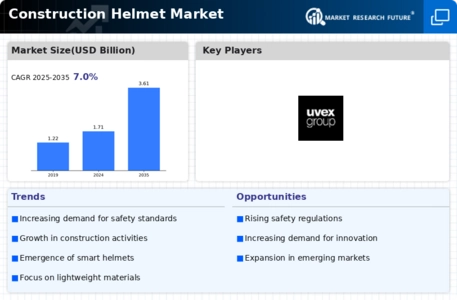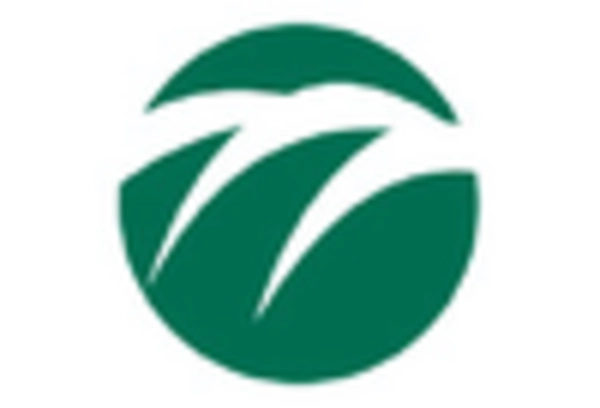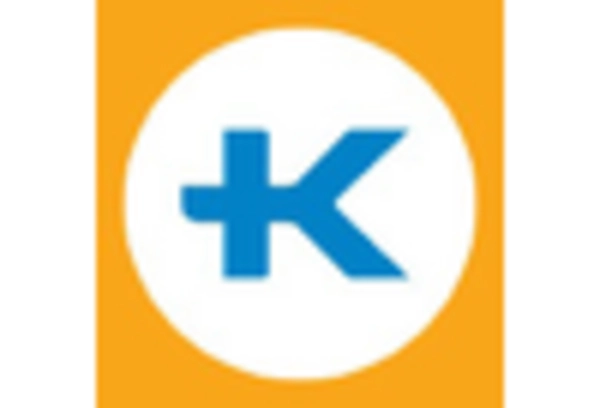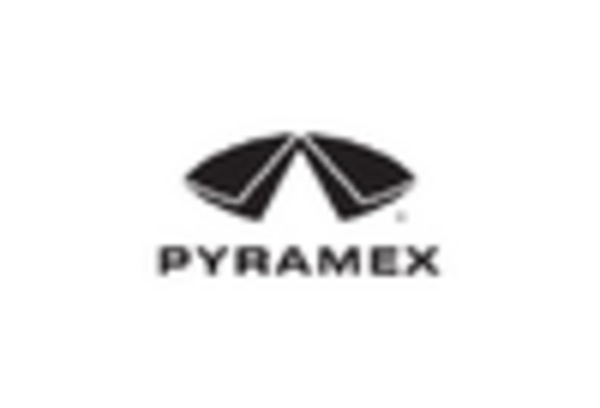Market Share
Construction Helmet Market Share Analysis
The Construction Helmet market, a vital segment in the personal protective equipment (PPE) industry, deploys various market share positioning strategies to navigate the competitive landscape effectively. A foundational strategy revolves around safety innovation and product differentiation. Companies in the Construction Helmet market invest significantly in research and development to enhance the design, comfort, and safety features of their helmets. By introducing innovative materials, such as lightweight yet robust composites, and incorporating smart technologies, these companies distinguish themselves in the market. Attracting construction professionals seeking not only compliance with safety standards but also enhanced comfort and usability.
Cost leadership is another pivotal strategy employed by Construction Helmet manufacturers to gain a competitive advantage. Through efficient manufacturing processes, achieving economies of scale, and strategic sourcing of materials, companies can lower production costs. This cost efficiency allows them to offer competitive pricing for their helmets, making them more appealing to construction companies and workers who are budget-conscious. Cost leadership is particularly crucial in the PPE sector, where pricing considerations often heavily influence purchasing decisions.
Market segmentation plays a crucial role in the market share positioning of Construction Helmet manufacturers. Recognizing the diverse needs of different construction industries, such as residential, commercial, and industrial, companies tailor their helmet solutions to specific requirements. For example, the safety features required for industrial construction may differ significantly from those needed for residential projects. This strategic segmentation allows companies to effectively penetrate multiple markets, addressing the unique safety demands of each segment and solidifying their presence in various construction sectors.
Geographical expansion is another key aspect of market share positioning in the Construction Helmet market. Companies strategically expand their operations to key markets where construction activities and demand for helmets are high. This expansion may involve setting up production facilities, establishing distribution networks, or forming partnerships with local entities. By positioning themselves strategically in regions with robust demand for Construction Helmets, companies can tap into new customer bases and adapt to regional variations in safety regulations, construction practices, and industry standards, contributing to overall market share growth.
Moreover, a commitment to sustainability and environmental responsibility is gaining prominence in the Construction Helmet market. Companies are increasingly focusing on developing helmets with eco-friendly materials, recyclability, and sustainable manufacturing processes. This commitment not only aligns with the growing environmental consciousness of construction companies and workers but also positions manufacturers as responsible contributors to sustainable practices in the PPE industry. It can lead to increased brand loyalty and preference among environmentally conscious construction firms, contributing to long-term market share growth.

















Leave a Comment